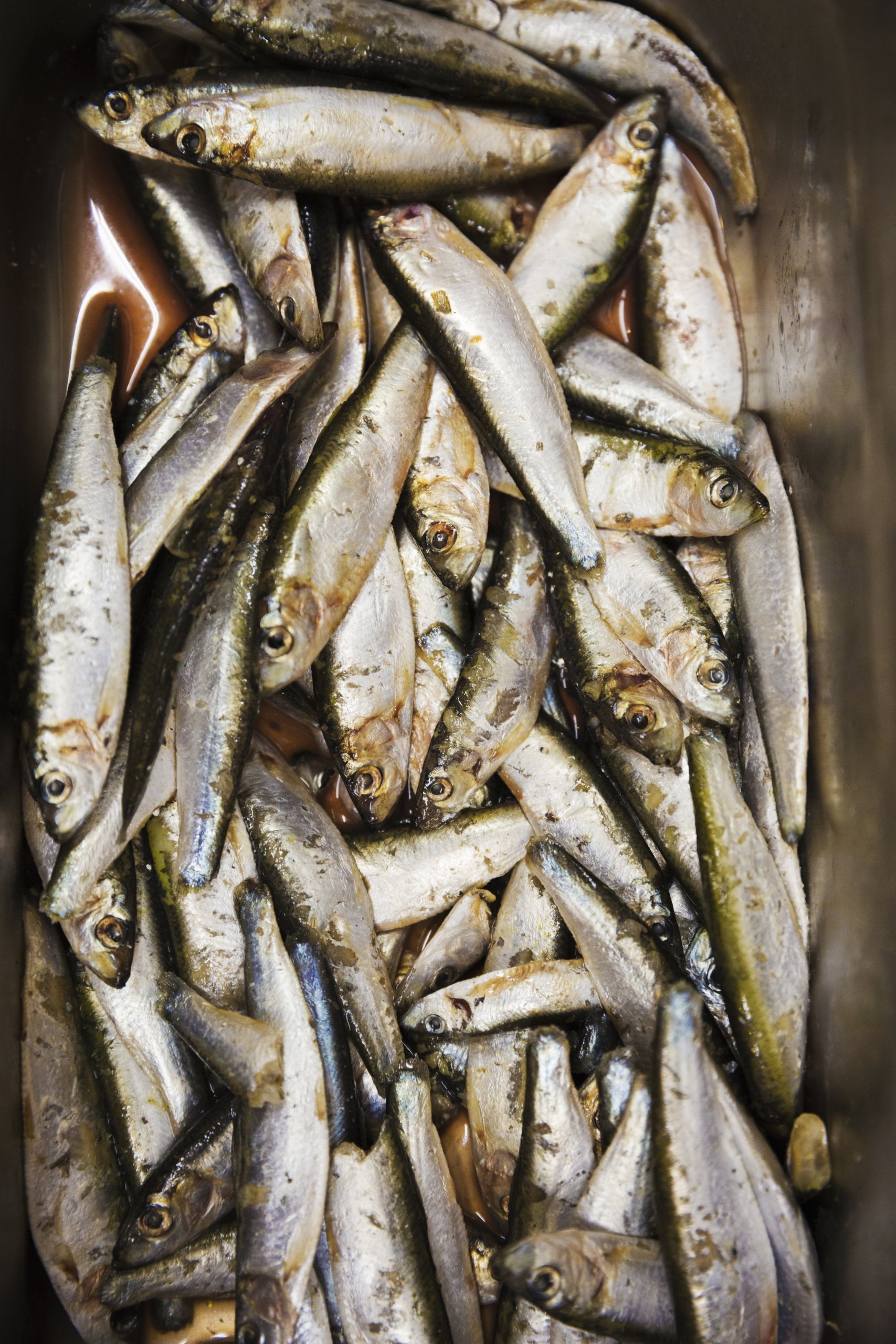As part of our efforts to support development of well-informed, evidence-based recommendations in support of operationalising Ecosystem Based Fisheries Management (EBFM), SEAwise has worked to evaluate current management across Europe, determining to what extent the overall goal of Good Environmental Status was achieved.
Carried out as part of our Evaluation of Fisheries Management Strategies theme, this report offers guidance on the design for an internally consistent EBFM plan, applying this to the project’s regional cases to monitor progression on objectives. In doing so, it seeks to offer a flexible, evidence-based framework in support of regionally tailored EBFM.

As part of this work, SEAwise researchers developed a typology for management interventions encompassing the social (e.g. policy landscape) and ecological system (e.g. management measures) relevant to an ecosystem-based approach to management. The main categories of management measures considered for the evaluation were as follows:
This typology was coupled with an evaluation of the performance of these interventions under different climate change scenarios across our Case Study regions with a range of models, assessing these scenarios through socio-economic and ecological indicators related to objectives set out across two key fisheries-related policies in Europe – the Common Fisheries Policy (CFP) and Marine Strategy Framework Directive (MSFD).
Adopting this approach facilitated development of testable ecosystem-based management measure categories, with comparison of future indicators to the present-day baseline (i.e. the current EBFM plan) utilised as a measure of effectiveness, based on specific objectives and regionally relevant management scenarios across our regional cases.
As part of these efforts, a Standard Operating Procedure (SOP) was developed to guide the design of regional SEAwise EBFM plans. In summary, the SOP is as follows:
This research has sought to design an EBFM plan that can contribute to achieving policy objectives relating to European fisheries, and employed this to the specificities of SEAwise’s regional cases. Building on this, this information could be employed to develop future regionally tailored management plans, and will be further distilled into a policy brief outlining key recommendations in support of the same.
Read the full report here
Stay up to date with SEAwise news and research, hear about upcoming events, and receive updates on fisheries news from across the European seascape.